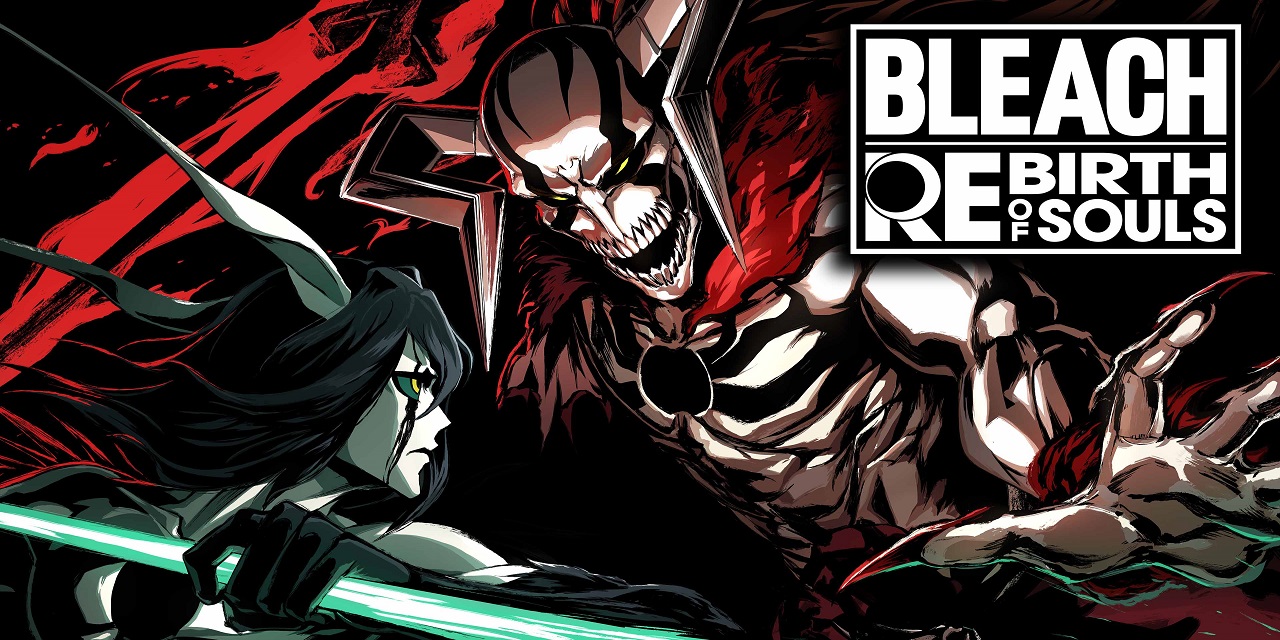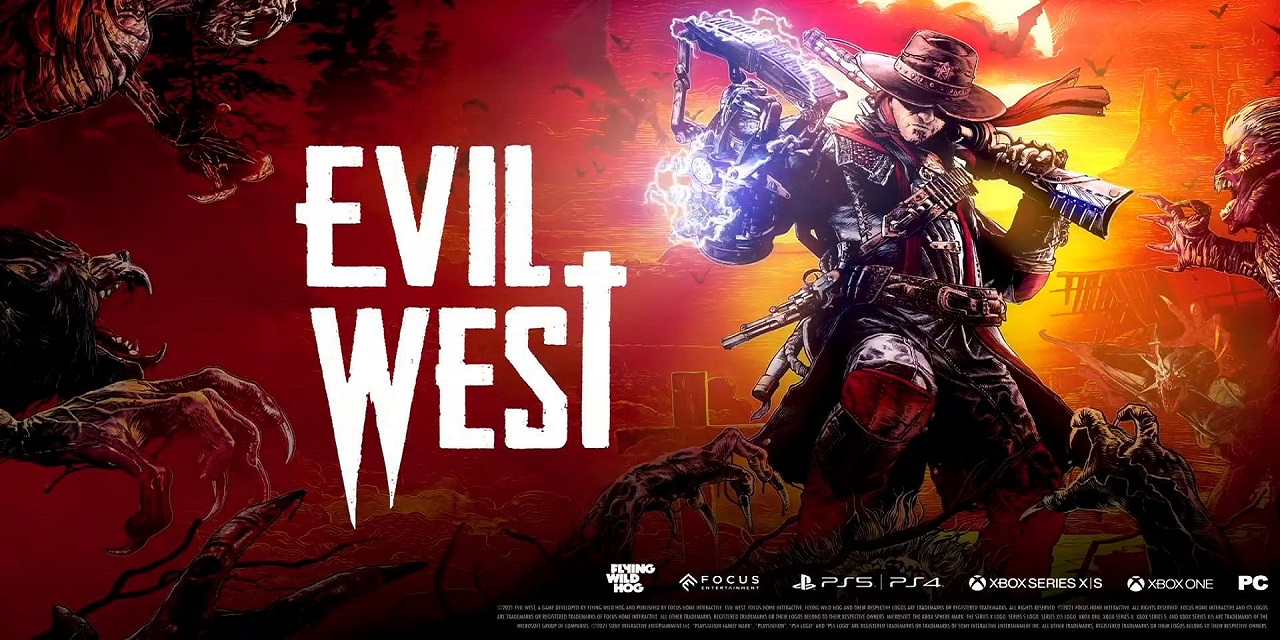For many years, fans have eagerly wished for the beloved anime series Bleach to be fully adapted into a comprehensive video game experience. Despite its rich narrative and memorable characters, Bleach’s journey in the gaming world has been inconsistent. The franchise has seen moments of brilliance with standout titles like the Heat the Soul series, which captured the spirit of the anime with engaging gameplay and faithful storytelling.
However, it has also faced disappointment with less well-received entries such as Soul Resurrección, which failed to leave a lasting impression. While the anime has made a triumphant return with the highly anticipated Thousand-Year Blood War arc, reigniting interest and nostalgia among its dedicated fanbase, the gaming landscape remains unpredictable. Fans continue to hold out hope for a definitive adaptation that honours the series’ legacy, delivering an immersive and expansive experience worthy of Bleach’s enduring popularity.
BLEACH Rebirth of Souls is published by Bandai Namco and developed by Tamsoft, a studio renowned for its dynamic and energetic approach to action games. With a portfolio that includes iconic titles such as the legendary Battle Arena Toshinden and the vibrant football extravaganza Captain Tsubasa: Rise of New Champions, Tamsoft has established itself as a force in delivering fast-paced, visually striking experiences.
Their extensive background in creating intense combat mechanics and adrenaline-fueled gameplay made them an excellent choice to spearhead the development of a Bleach fighting game. The studio’s expertise in crafting high-energy battles and capturing the essence of larger-than-life characters aligns seamlessly with the spirit of Bleach, promising fans an authentic and exhilarating experience within the world of Soul Reapers and Hollows.

With Bleach’s vast lore and fast-paced battles, BLEACH Rebirth of Souls aims to capture the series’ essence while appealing to both casual fans and competitive players. Rather than retelling a story arc from the anime, the game presents an original “What If?!” scenario based on unpredictable time shifts. This concept creates unexpected encounters, like Rukia facing Ichigo before the Soul Society arc or Grimmjow challenging Unohana after the Blood War. The narrative unfolds across multiple chapters, each featuring a distinct arc.
Each chapter centres on a different character, introducing fresh challenges. One explores Ichigo’s internal struggles as he confronts various versions of himself, while another follows the Soul Society captains attempting to restore order amid the chaos. Battles are interspersed with cinematic cutscenes that build anticipation and provide context. The game also draws from major anime events, adding new twists. One chapter reimagines the Soul Society invasion with unforeseen foes, while another alters the Hueco Mundo conflict’s outcome. These reinterpretations offer nostalgia for fans while introducing fresh scenarios.
With its blend of iconic moments and new surprises, the narrative feels like a long-lost Bleach arc. While the focus remains on thrilling combat rather than a deeply intricate plot, the game still delivers memorable character moments and emotional depth. BLEACH Rebirth of Souls serves as both a homage to the series and an exciting new chapter in the franchise.

The 3D arena fighter style in BLEACH Rebirth of Souls follows the tradition of anime fighting games like Naruto Ultimate Ninja Storm and Jump Force. Players can move freely, attack, and evade using Flash Steps in spacious, open environments designed for strategic movement. Each character has a versatile set of moves, including light and heavy strikes, long-range abilities, and special techniques powered by a chargeable meter. Maintain offensive pressure by chaining attacks and cancelling animations to extend your combos. Fast-paced mobility and well-timed counters often determine the flow of combat.
A standout feature of BLEACH Rebirth of Souls is its transformation mechanic, enabling characters to unleash their Bankai or advanced forms mid-battle. These transformations enhance attack power and alter movesets, adding an extra layer of strategy. Characters like Ichigo can transform multiple times, offering dynamic playstyle changes. The combat is approachable for newcomers while providing depth for experienced players. Each character’s distinct moveset leads to unique matchups, and visually striking ultimate attacks enhance the spectacle of fights.
Visually, BLEACH Rebirth of Souls presents a more refined and flexible style than previous Bleach games. Unlike the hack-and-slash focus of Soul Resurrección or the 2D fighting format of the Heat the Soul series, Rebirth of Souls blends fluid arena combat with the vibrant energy of the anime.

Instead of retelling a story arc, the game introduces a “what if” scenario with time shifts, leading to unexpected encounters like Rukia facing Ichigo before the Soul Society arc or Grimmjow challenging Unohana after the Blood War. The narrative unfolds in multiple chapters, each focusing on a distinct character and challenge, with cinematic cutscenes adding context and anticipation. The game draws inspiration from major anime events, adding fresh twists. Chapters reimagine scenarios like the Soul Society invasion and Hueco Mundo conflict with unexpected foes and outcomes, offering nostalgia with a new perspective.
Positioned between the action of Heat the Soul and the mobility of Soul Resurrección, the combat is exhilarating but lacks the precision of top-tier fighting games. While Flash Steps and Bankai transformations capture the anime’s intensity, strategic elements like deception and counterplay are underrepresented, leading some matches to rely on move spamming. Character balance is inconsistent. Fighters like Aizen feel overpowered, while others like Chad seem underwhelming. The targeting system also falters in chaotic battles, making it difficult to lock onto opponents accurately.
Despite these flaws, BLEACH Rebirth of Souls offers an enjoyable combat experience that faithfully channels the energy of the series, making it a treat for fans eager to relive Bleach’s signature action.

Progression in BLEACH Rebirth of Souls is tied to an experience system where you earn experience points and in-game currency by engaging in combat. These rewards can be used to unlock additional characters, costumes, and locations. However, certain characters and customisation options require considerable grinding, especially if you aim to unlock everything without spending real money. While the grind is not as intense as in some other anime fighters, it remains a significant aspect of the game. Completing challenges, arcade ladders, and online battles can provide rewards, but to fully access all features, you’ll need to dedicate time to the game.
The game uses a cel-shaded visual style that evokes the anime, with well-animated characters and dramatic battle effects enhanced by particle effects and lighting. Stages, such as Soul Society, Hueco Mundo, and Karakura Town, are meticulously designed and true to the Bleach universe. However, despite its polished visuals, the game doesn’t push graphical boundaries as much as other anime fighters like Dragon Ball Sparking Zero. Some of the surrounding textures feel outdated, even though the character animations are of high quality.
One of the game’s standout strengths is the design of the characters. Each fighter is faithfully recreated, from their unique looks and weapons to their specific fighting techniques, staying true to their anime counterparts.

While characters like Byakuya and Kenpachi retain their unique fighting styles, Ichigo’s various transformations – from his base Shinigami form to his Bankai and Hollow forms – are skillfully portrayed. Although most characters stay true to their anime appearances, some models and facial expressions can appear stiff or slightly off, especially during cutscenes. Furthermore, certain alternate costumes feel uninspired, often merely being recolours instead of outfits from different anime arcs. Offering additional customisation options could have enhanced the appeal of the character designs.
A standout feature of BLEACH Rebirth of Souls is its exceptional voice acting. The game features the original Japanese cast to ensure each character sounds exactly like they do in the anime. While the English dub is available, some performances may lack the same intensity as the Japanese versions. The soundtrack blends original compositions with reimagined versions of classic Bleach themes. While none of the tracks stand out as bangers in their own right, the music effectively supports the fast-paced combat, maintaining the energetic vibe typical of Bleach games.
BLEACH Rebirth of Souls is a solid addition to the fighting genre. It offers fast-paced action, a wide variety of characters, and visually stunning combat, making it an exciting experience for anime fans, with its dynamic transformations and vibrant battles capturing the essence of the Bleach series.

Despite its many positives, BLEACH Rebirth of Souls is not without its flaws. One of the main drawbacks is its unbalanced gameplay framework, which can make some characters or strategies feel overpowered, leading to less strategic depth. Additionally, there are occasional misleading camera shots that can disrupt the flow of battle, particularly in chaotic moments. Perhaps the most notable issue, however, is the extensive grinding system required to unlock content. While this offers players the opportunity to unlock additional characters, costumes, and locations, the process can feel tedious, especially for those aiming to unlock everything without resorting to in-game purchases. This grinding aspect may detract from the enjoyment for players seeking a more streamlined experience.
Hardcore Bleach fans may also find some of the game’s house rules a bit off-putting. Certain changes to the gameplay mechanics or design choices might not align with the expectations of long-time followers of the franchise. However, casual players or newcomers to the series will likely appreciate the game’s accessible nature, vibrant visuals, and easy-going gameplay, which allow them to dive into the action without feeling overwhelmed.
On the whole, BLEACH Rebirth of Souls delivers a solid experience for fans of the series. It provides satisfying combat, visually appealing battles, and a faithful portrayal of the characters, capturing the essence of Bleach in a way that many fans will appreciate. While it may not be the definitive Bleach experience fans have been waiting for, it certainly holds its own within the franchise’s growing portfolio of games. It’s a worthy addition that strikes a balance between fun, spectacle, and staying true to the core elements of the Bleach universe, making it an enjoyable option for both casual players and die-hard fans alike.
This review utilised an XBOX key provided by Bandai Namco. BLEACH Rebirth of Souls is out now on Playstation, XBOX and PC.
#roundtablecoop




